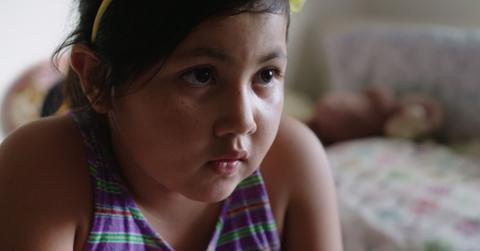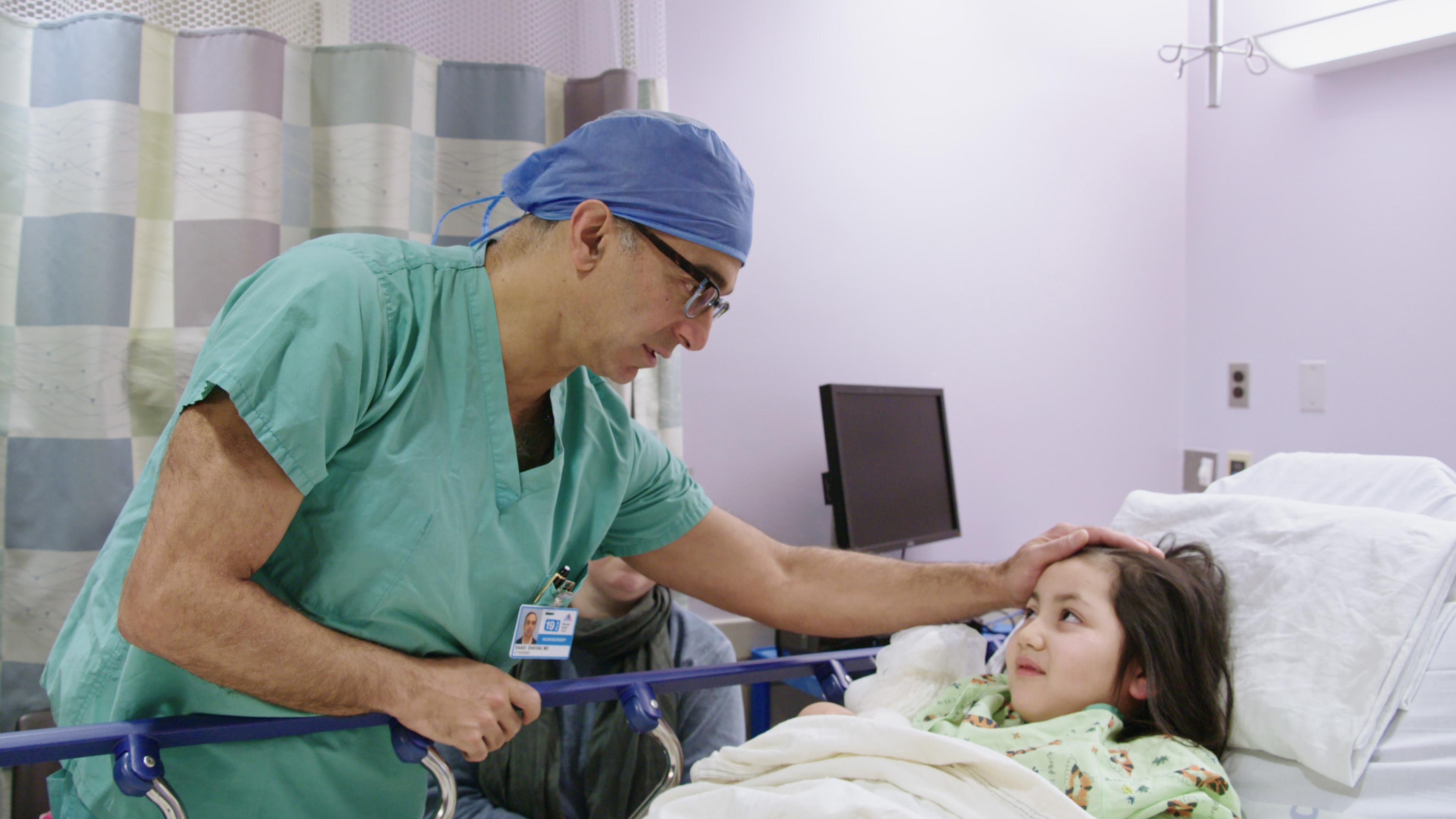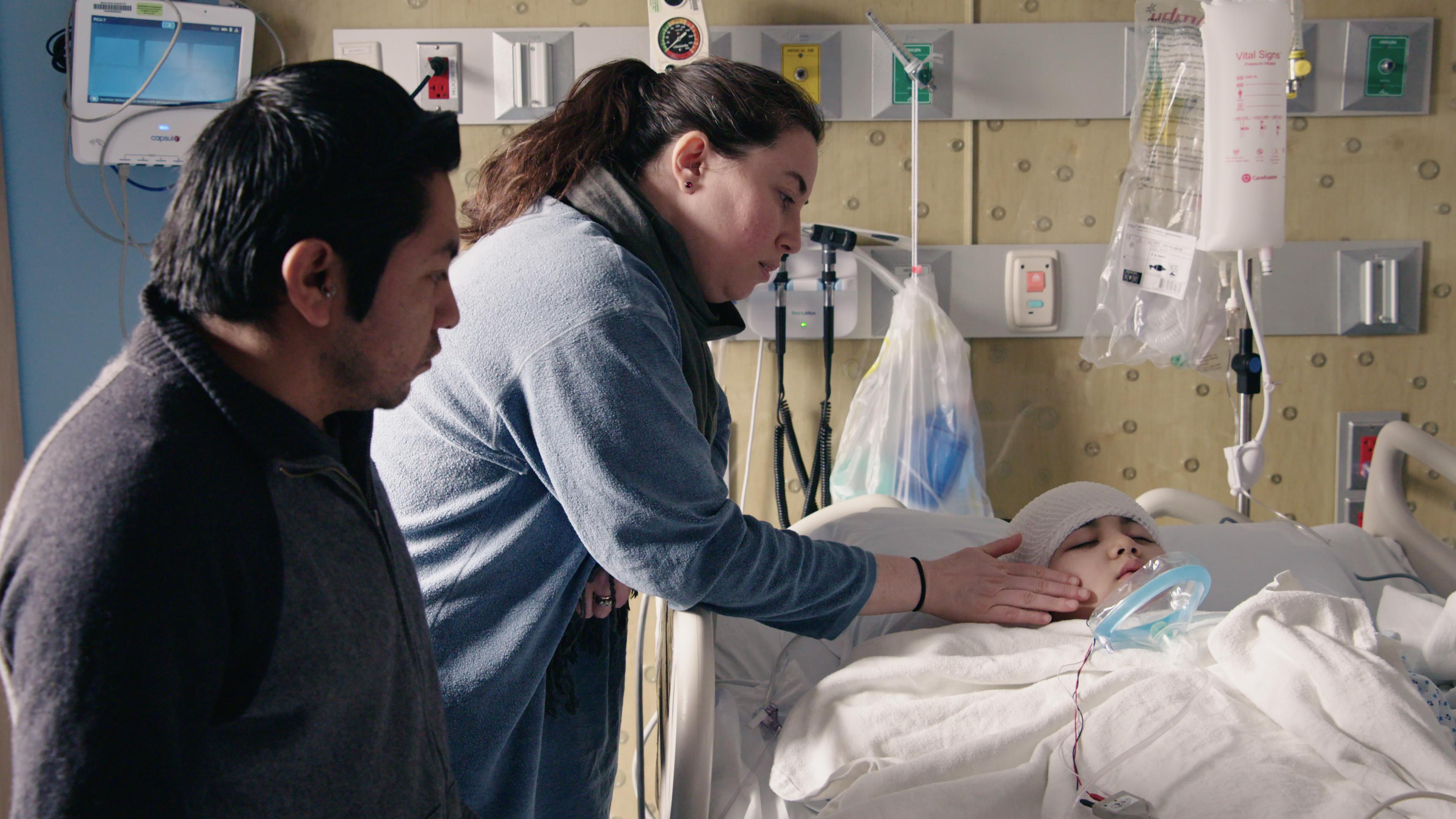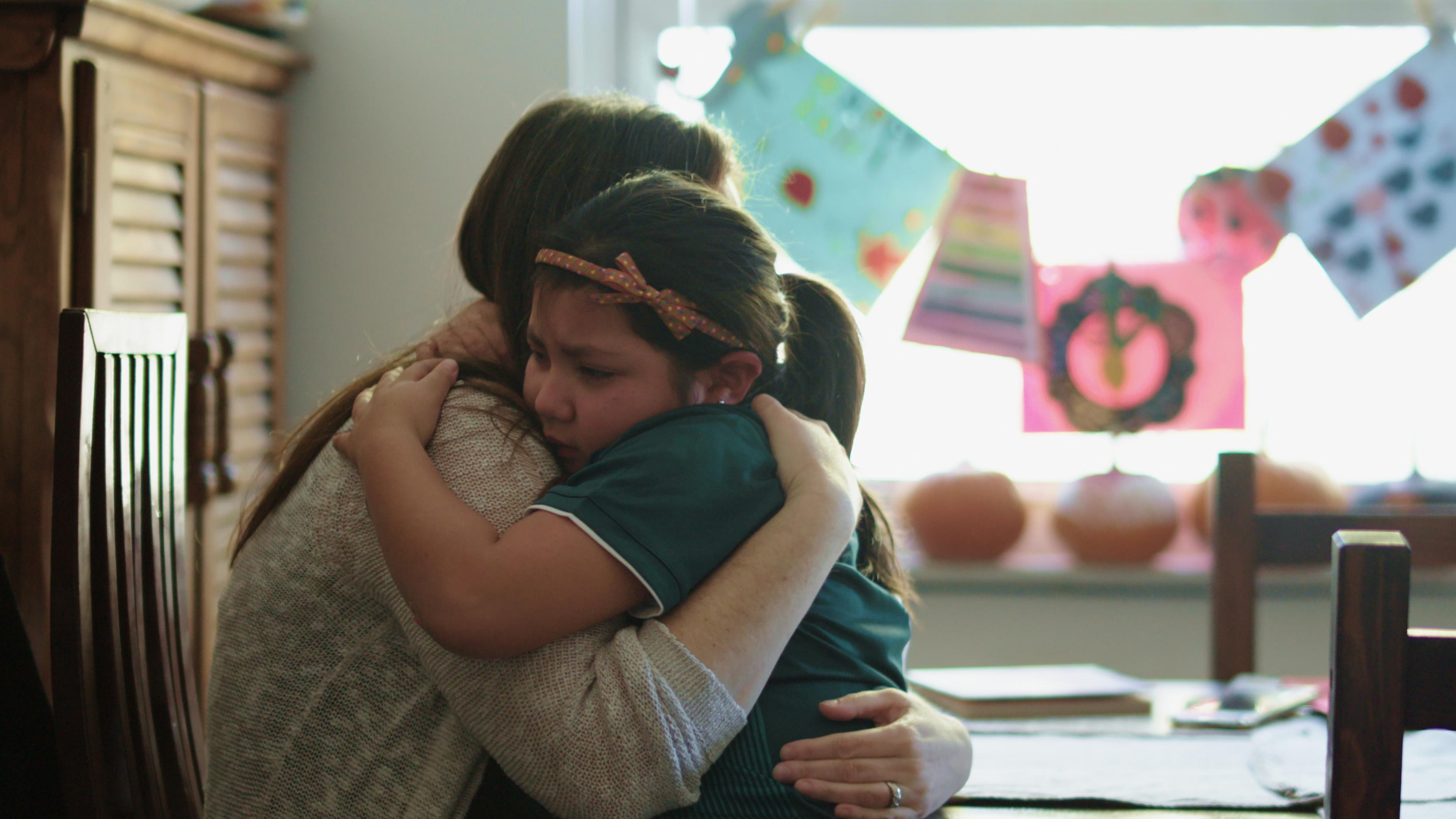Sadie Gonzalez Is Healthier and Back in School Following Netflix's 'Diagnosis'
Updated Aug. 19 2019, 3:02 p.m. ET

Netflix's new seven-episode series Diagnosis follows Dr. Lisa Sanders as she attempts to crowdsource the diagnoses of people living with rare and debilitating conditions.
Episode 2 centers on 7-year-old Sadie Gonzalez who has a rare brain disease that causes her to have paralyzing seizures that affect her mouth and legs.
Here's everything you need to know about Sadie Gonzalez's diagnosis.

Sadie was an athletic child until her first seizure at 6.
Sadie's parents explain that, for the first few years of her life, she was totally healthy. Then one day, after the family went away for a short trip, she had a seizure and had to be taken to the hospital.
"Sadie's seizures don't respond to medications at all," her mother Sara explains. She was given steroids to help with her condition, which includes visible and invisible seizures, but instead of reducing these, they just caused her a myriad other physical problems, including the sudden weight gain of 20 pounds over the course of a few short weeks.
"Sadie's story really touched me," explains Dr. Sanders. "The quality of her life has worsened dramatically over the past few years." When we meet Sadie, she's having "focal motor" seizures every couple of minutes, meaning they affect just one part of her body.
And while the best neurology specialists in the country rule out the possibility of a brain tumor, stroke, or infection, no doctor has been able to uncover the root of her seizures.
Ultimately, doctors diagnose Sadie with Rasmussen's.

Dr. Sanders calls Rasmussen's "one of the worst diagnoses you can get." The disease is characterized by chronic inflammation where white blood cells invade half of the brain and try to destroy it. The only known solution to Rasmussen's is a hemispherectomy, where a patient's brain is opened so as to disable the connections between the diseased and the healthy halves of the brain.
While this surgery stops all seizures, it also means Sadie would lose vision in one of her eyes, as well as the ability to move that whole side of her body. However, the doctor cautions that not having the surgery ultimately results in the same paralysis of half of the patients' bodies — if Sadie's Rasmussen's diagnosis is correct.
"In my opinion, I feel like they sort of landed on this [diagnosis] and stopped looking for other reasons," Sadie's concerned mom says, which is why she hopes that crowdsourcing leads to more headway with Sadie's diagnosis. "I'm really hoping to find a different direction to go in with Sadie because I feel like where we are right now doesn't feel right to me."
Crowdsourcers suggest Sadie might have Lyme disease.
With the help of Dr. Lisa Sanders and her New York Times column where she shares rare conditions with readers in the hopes that some might respond with their own experiences, Sara learns of the possibility that her daughter has been infected with Lyme.

Although Dr. Sanders is initially skeptical of this diagnosis — saying people commonly look to Lyme disease to account for otherwise inexplicable neurological conditions — Sadie manages to be tested by a doctor who sends her bloodwork to Germany and confirms "she was very strongly positive for Lyme disease."
However, the antibiotics she's given to treat the Lyme disease don't seem to help her seizures. Instead, they worsen her symptoms and even make her fall ill. That's when Sara turns to Plan B, an electronic device called a neuropace, which is like a pacemaker for the brain, and presents an alternate option for her hemispherectomy.
Where is Sadie Gonzalez from Diagnosis now?
After many back-and-forths with many doctors, Sadie and her family ultimately decide to opt for the neuropace transplant, a treatment that is more aggressive but hopefully more effective than the antibiotics, but a much less-invasive option than the hemispherectomy.
And while the neuropace takes a few months to reach therapeutic levels, the Mount Sinai surgeon who performs the surgery says he's "confident that within a few months, we will have been able to make a huge difference in controlling Sadie's epilepsy." "Everybody's a little bit different," he continues, "but I'm confident we're going to be able to get there quickly."
A month after the surgery, Sara notes that Sadie is doing much better, though she's still on a lot of medication. She's able to go back to school full-time, and the doctors feel positive about her prognosis. "It takes months of using the device to find out if it works," she adds. "She thinks it's cool that she's like a cyborg because she has a computer chip in her brain."
We really hope we can follow up with this brave 7-year-old in six months to see if her neuropace has made a difference, and it's so nice to see she didn't have to get the hemispherectomy in order to feel better.
"I feel so lucky that the crowd gave us something to look into that the doctors were ignoring," a relieved Sara says. Diagnosis, which explores how crowdsourcing can lead to diagnosing rare illnesses, is now streaming on Netflix.